The Bellmac-32 CPU — What?
If you have never heard of the Bellmac-32, you aren’t alone. But it is a good bet that most, if not all, of the CPUs in your devices today use …read more


If you have never heard of the Bellmac-32, you aren’t alone. But it is a good bet that most, if not all, of the CPUs in your devices today use technology pioneered by this early 32-bit CPU. The chip was honored with the IEEE Milestone award, and [Willie Jones] explains why in a recent post in Spectrum.
The chip dates from the late 1970s. AT&T’s Bell Labs had a virtual monopoly on phones in the United States, but that was changing, and the government was pressing for divestiture. However, regulators finally allowed Bell to enter the computing market. There was only one problem: everyone else had a huge head start.
There was only one thing to do. There was no point in trying to catch the leaders. Bell decided to leap ahead of the pack. In a time when 8-bit processors were the norm and there were nascent 16-bit processors, they produced a 32-bit processor that ran at a — for the time — snappy 2 MHz.
At the time (1978), most chips used PMOS or NMOS transistors, but Bellmac-32 used CMOS and was made to host compiled C programs. Problems with CMOS were often addressed using dynamic logic, but Bell used a different technique, domino logic, to meet their goals.
Domino logic lets devices cascade like falling dominoes in between clock pulses. By 1980, the device reached 2 MHz, and a second generation could reach speeds of up to 9 MHz. For contrast, the Intel 8088 from 1981 ran at 4.77 MHz and handled, at most, half the data in a given time period as the Bellmac-32. Of course, the 68000 was out a year earlier, but you could argue it was a 16-bit CPU, despite some 32-bit features.
It is fun to imagine what life would be like today if we had fast 32-bit Unix machines widely available in the early 1980s. History has shown that many of Bellmac’s decisions were correct. CMOS was the future. Many of the design and testing techniques would go on to become standard operating procedure across the industry. But, as for the Bellmac-32, it didn’t really get the attention it deserved. It did go on in the AT&T 3B computers as the WE 32×00 family of CPUs.
You can check out a 1982 promo video about the CPU below, which also explains domino logic. Instruction sets have changed a bit since then. You can see a 68000 and 8086 face off, and imagine how the Bellmac would have done in comparison.

_sleepyfellow_Alamy.jpg?width=1280&auto=webp&quality=80&disable=upscale#)























































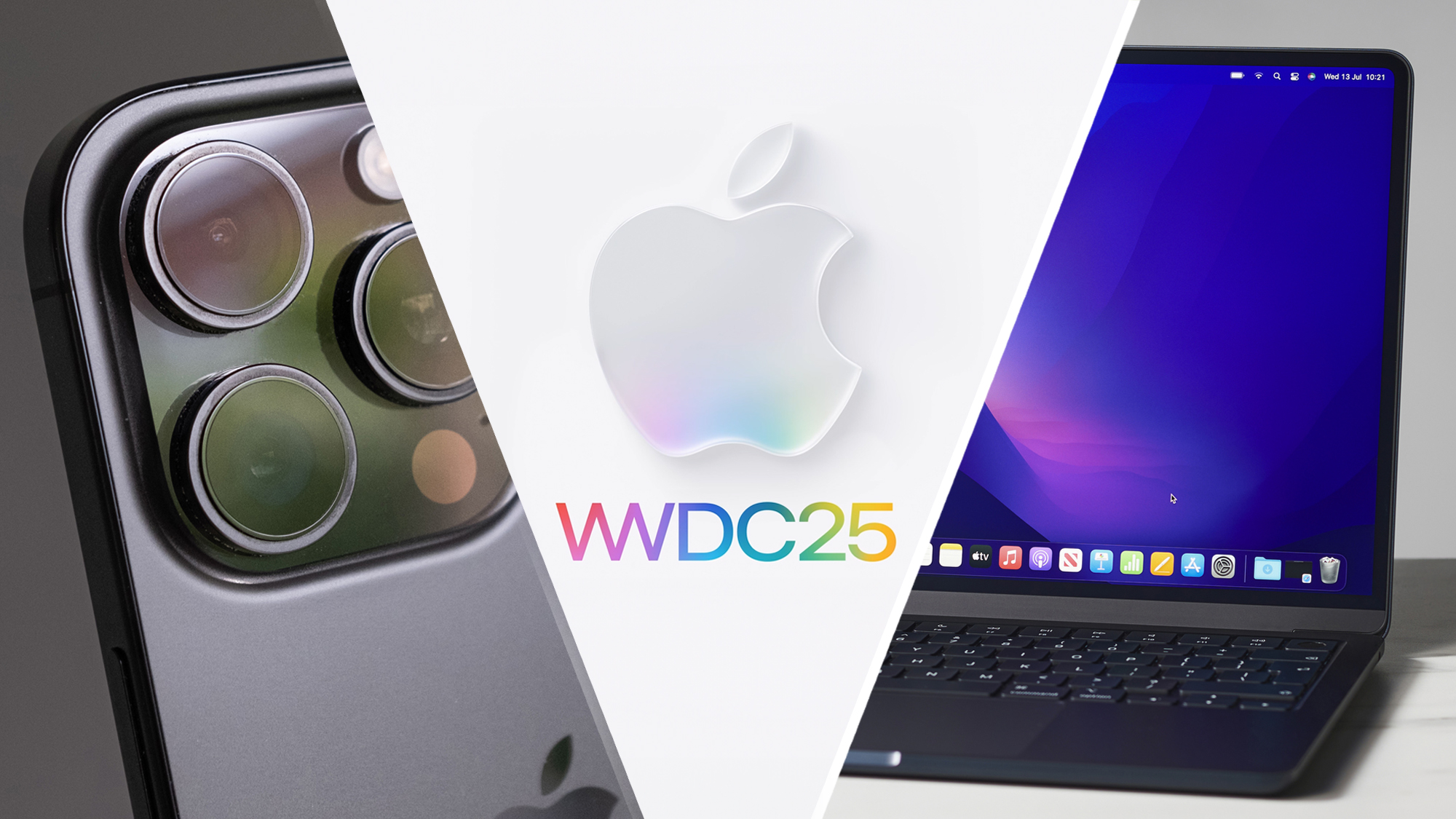


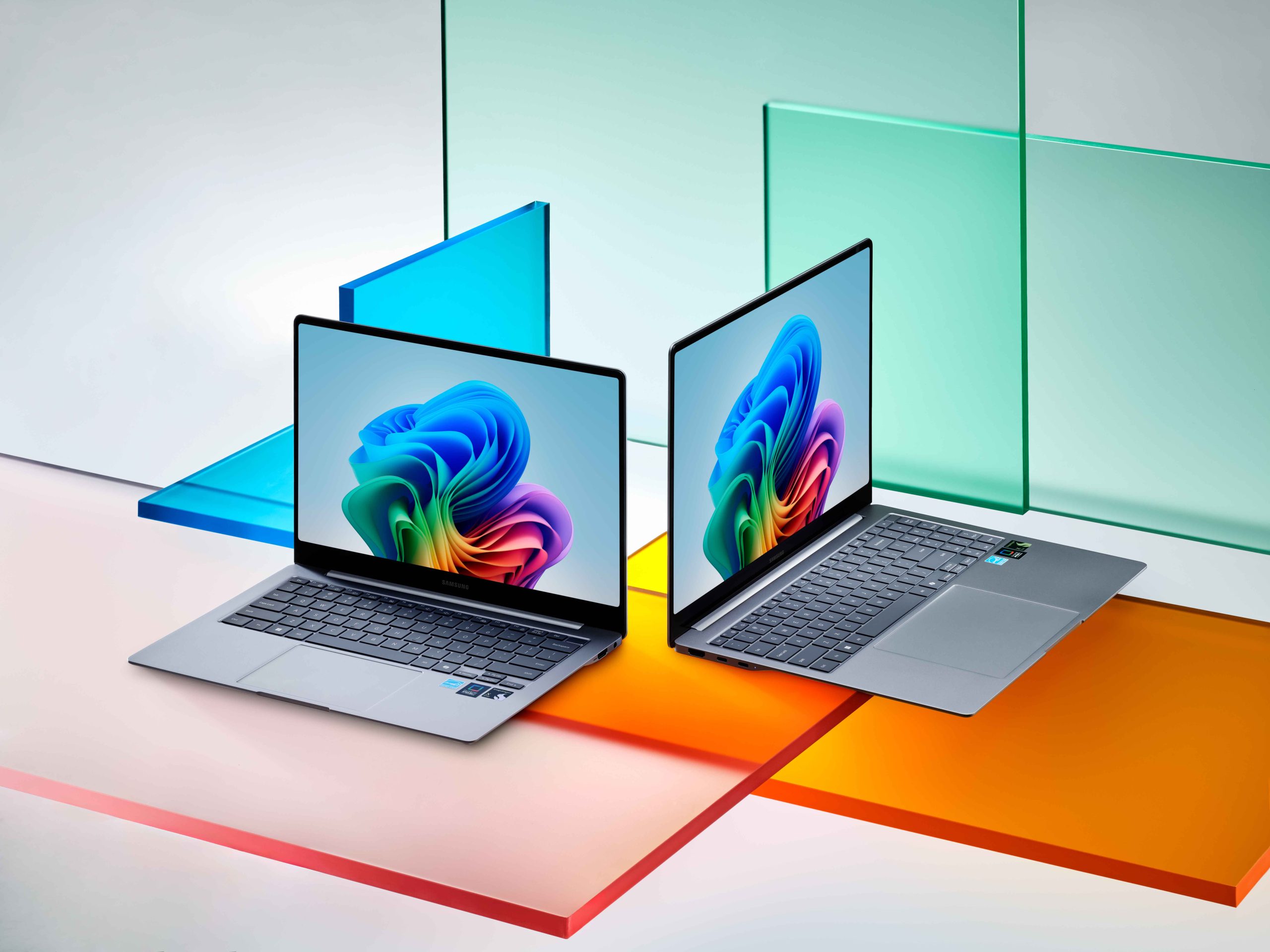












![watchOS 26 May Bring Third-Party Widgets to Control Center [Report]](https://www.iclarified.com/images/news/97520/97520/97520-640.jpg)

![AirPods Pro 2 On Sale for $169 — Save $80! [Deal]](https://www.iclarified.com/images/news/97526/97526/97526-640.jpg)





















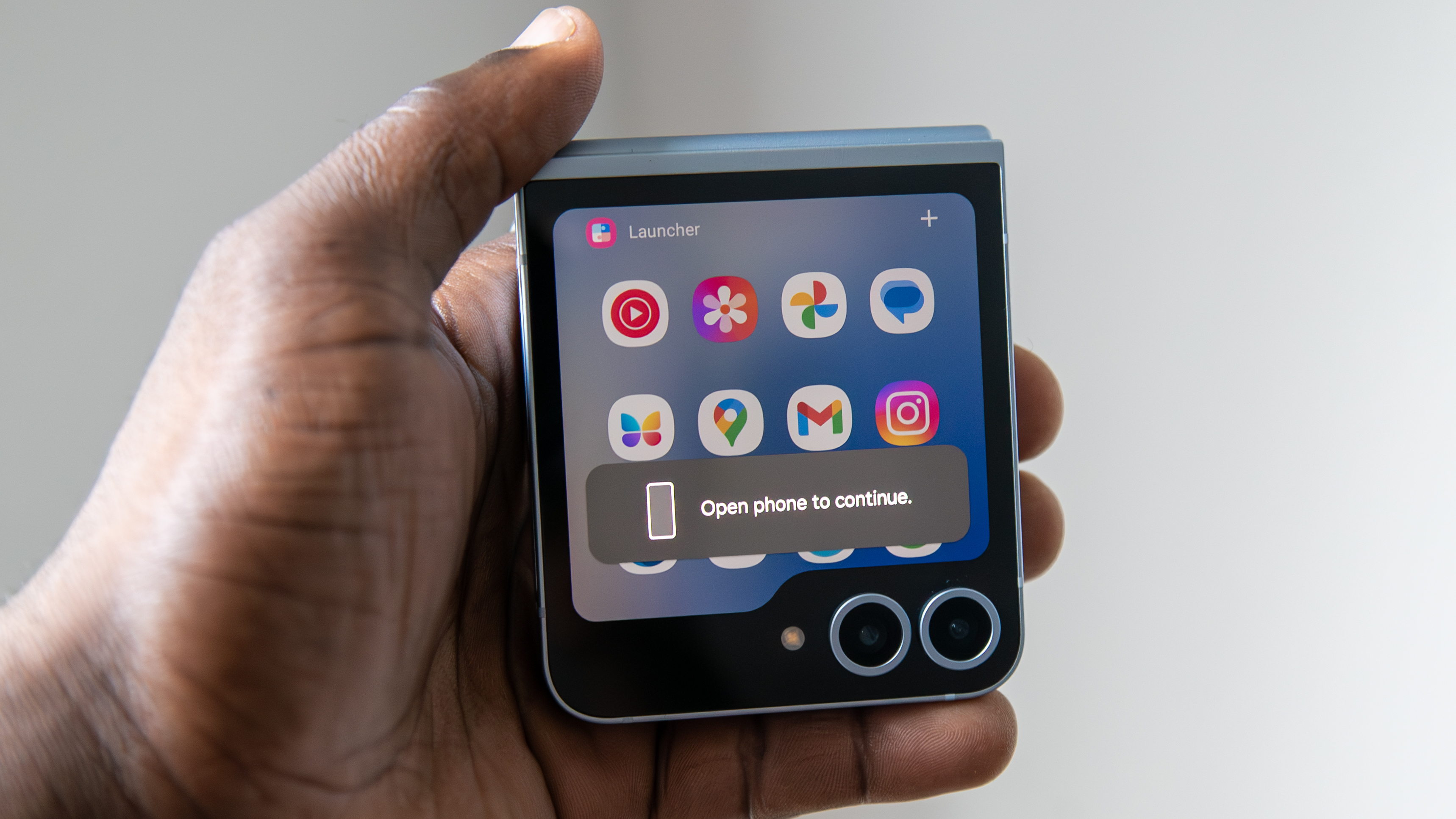






















































































_Michael_Vi_Alamy.jpg?width=1280&auto=webp&quality=80&disable=upscale#)


















































































































![[The AI Show Episode 151]: Anthropic CEO: AI Will Destroy 50% of Entry-Level Jobs, Veo 3’s Scary Lifelike Videos, Meta Aims to Fully Automate Ads & Perplexity’s Burning Cash](https://www.marketingaiinstitute.com/hubfs/ep%20151%20cover.png)











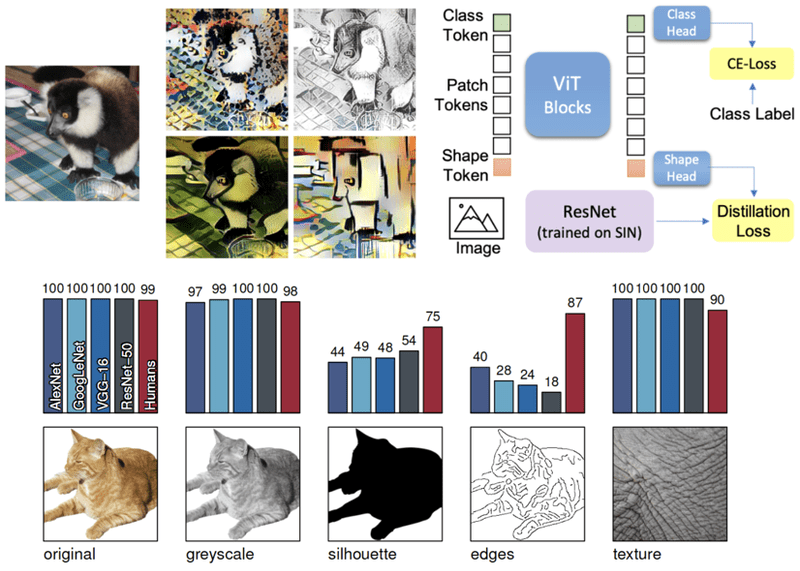




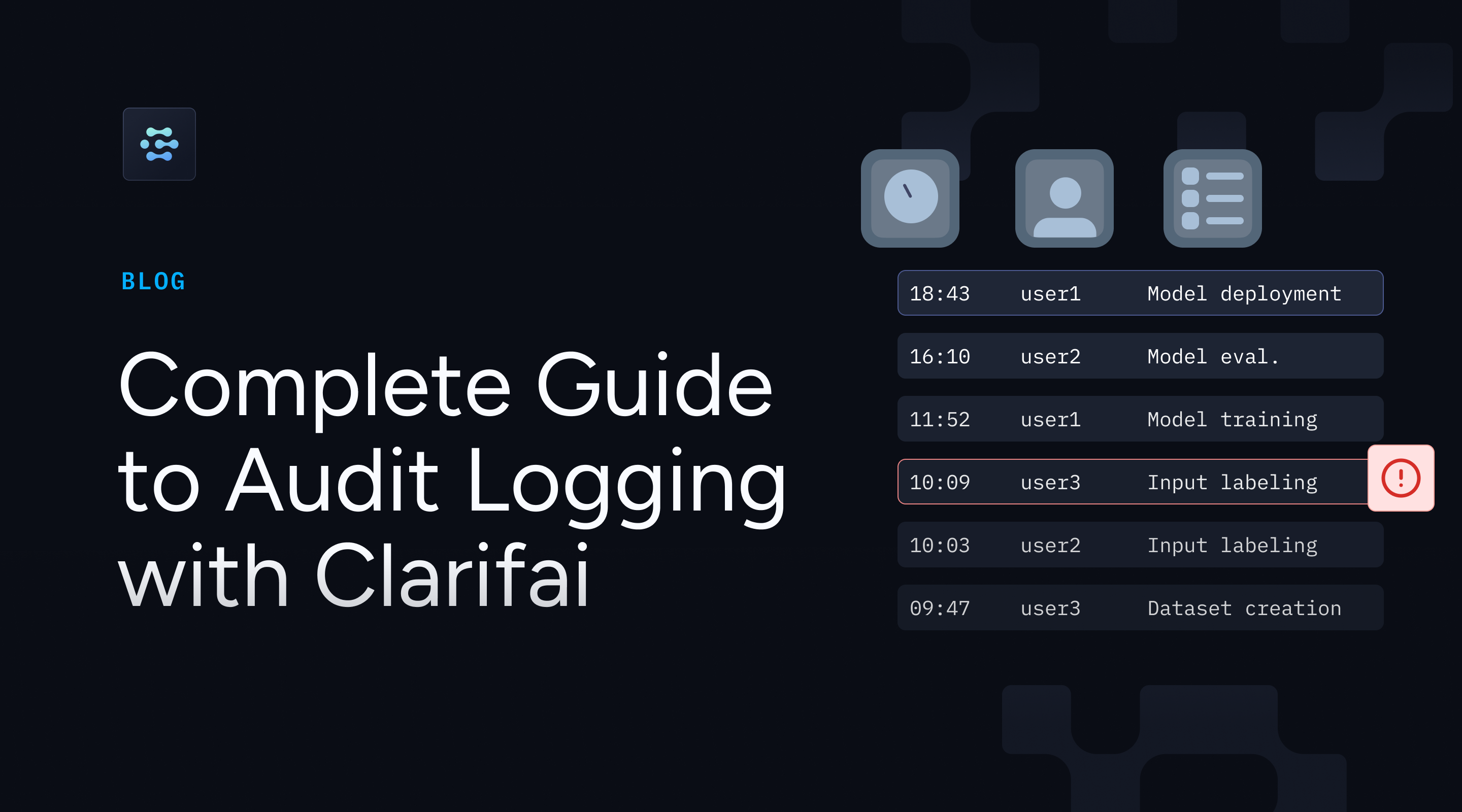




























































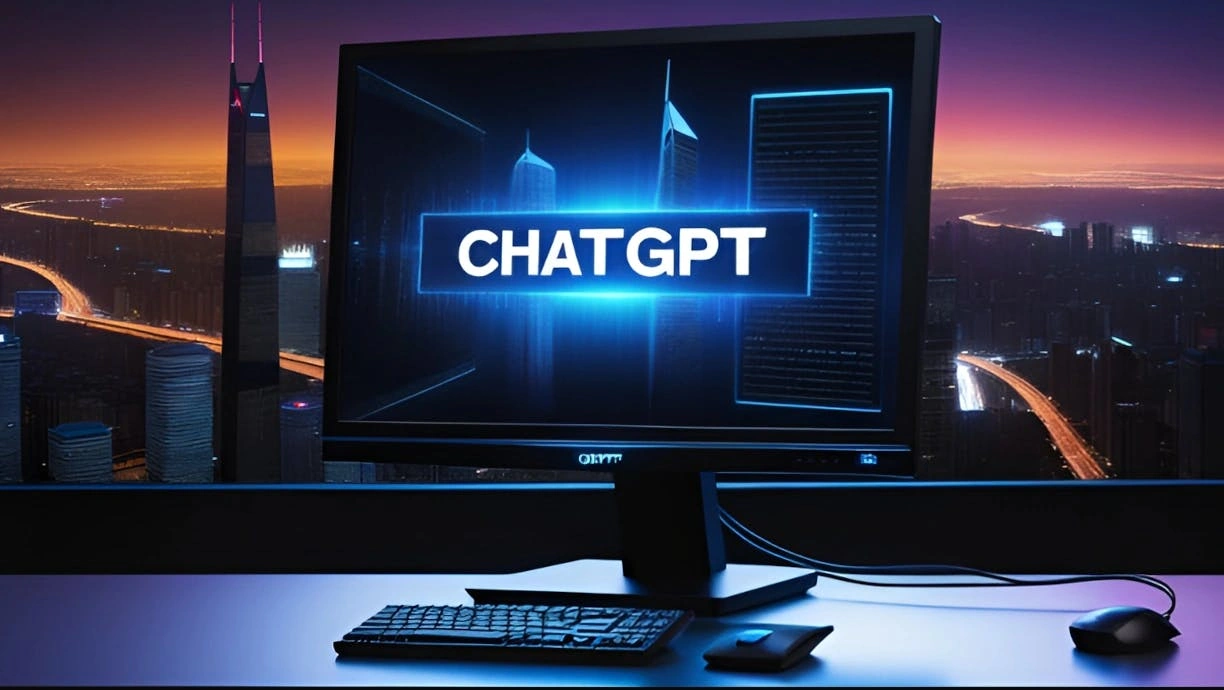
















































































![From electrical engineering student to CTO with Hitesh Choudhary [Podcast #175]](https://cdn.hashnode.com/res/hashnode/image/upload/v1749158756824/3996a2ad-53e5-4a8f-ab97-2c77a6f66ba3.png?#)


![[FREE EBOOKS] Solutions Architect’s Handbook, Continuous Testing, Quality, Security, and Feedback & Four More Best Selling Titles](https://www.javacodegeeks.com/wp-content/uploads/2012/12/jcg-logo.jpg)



























































































